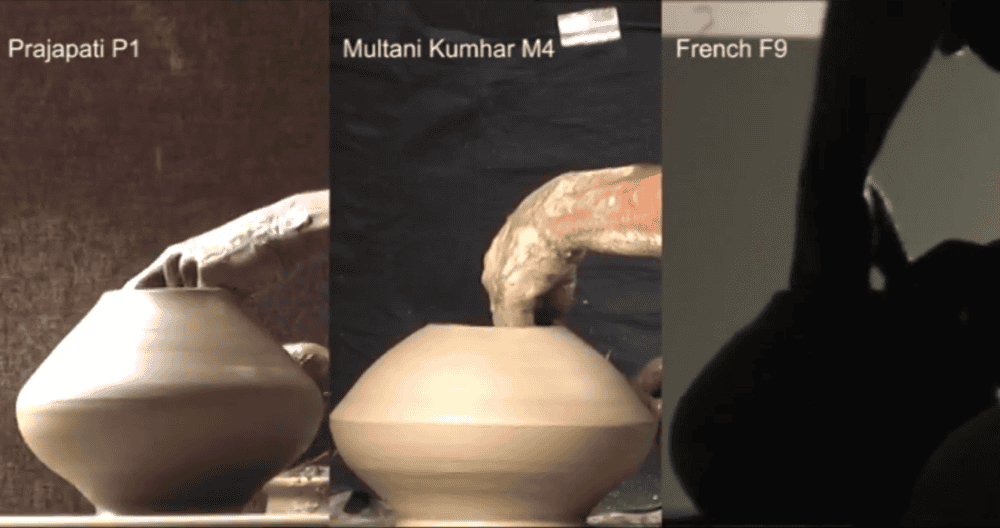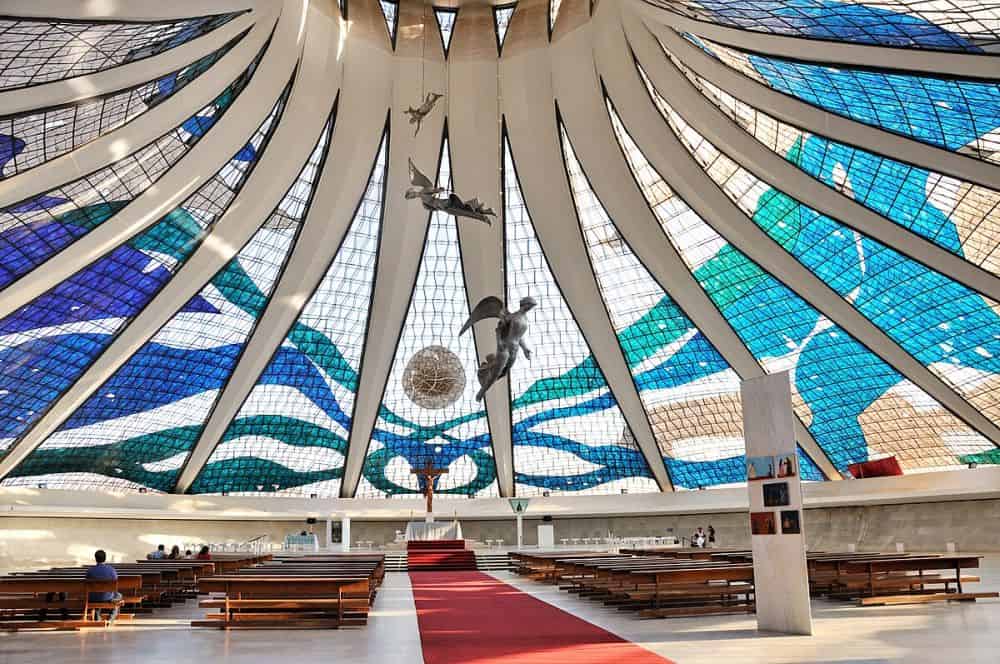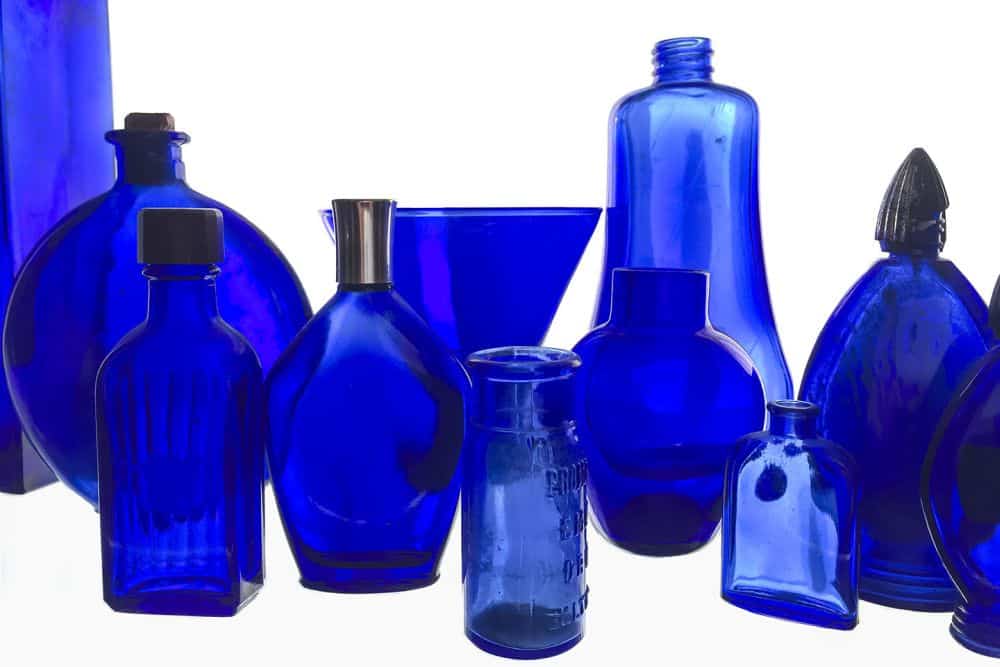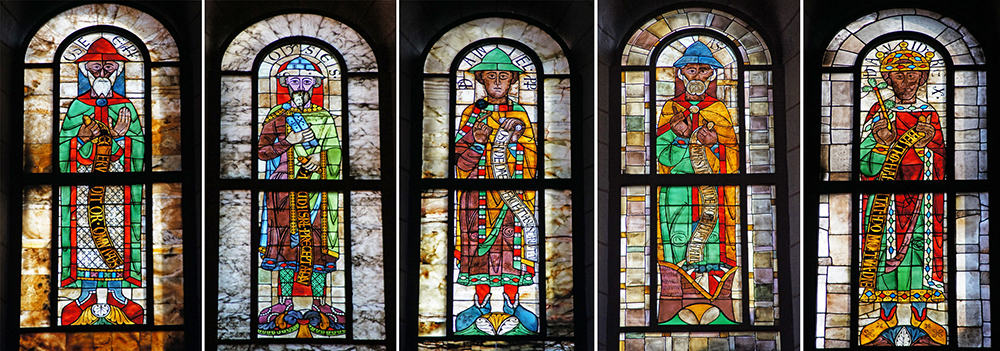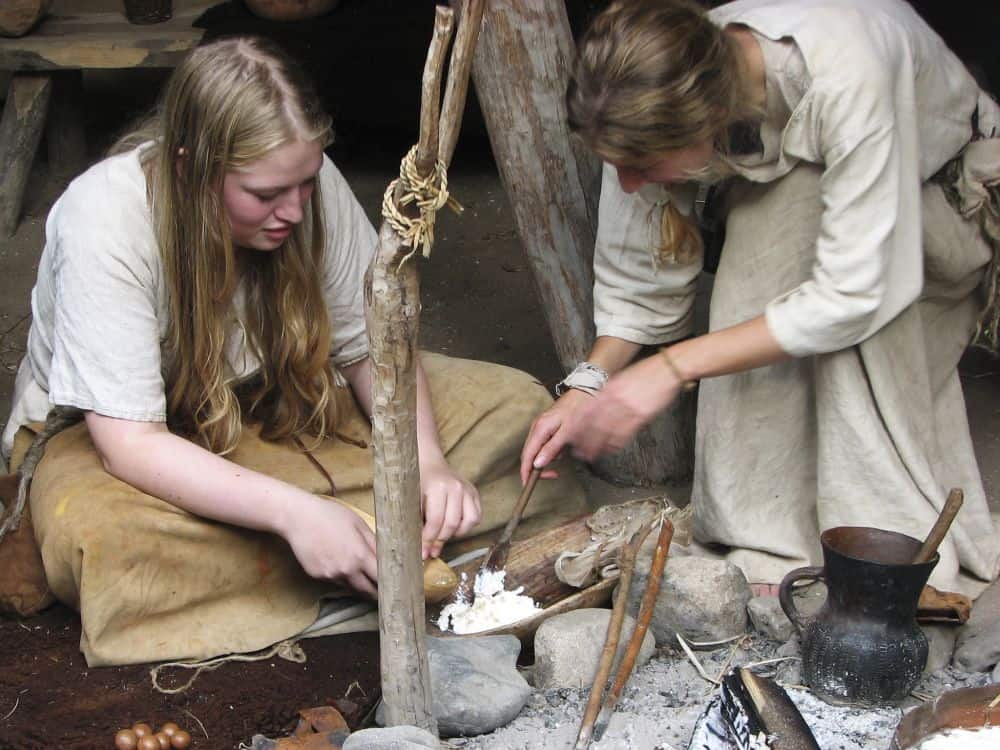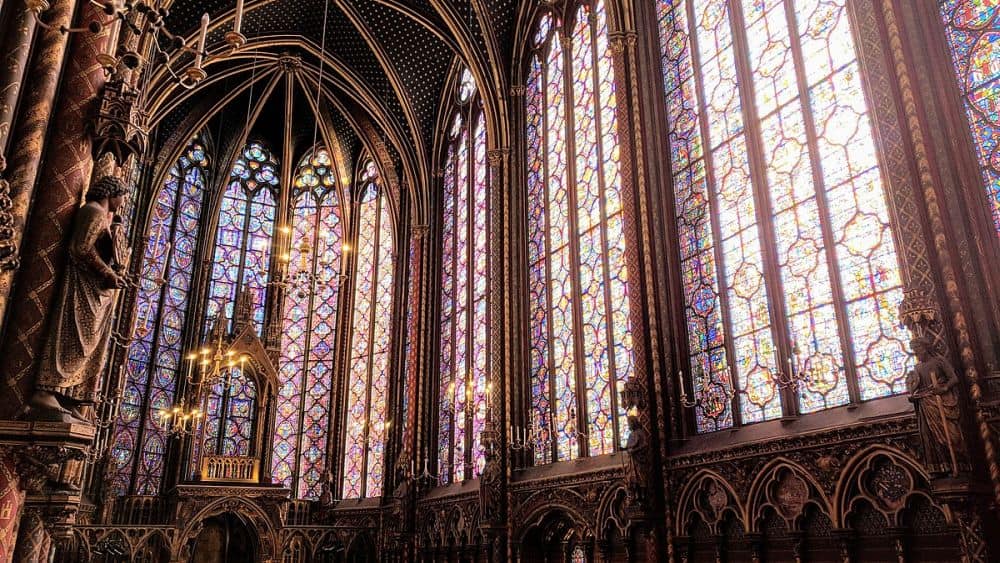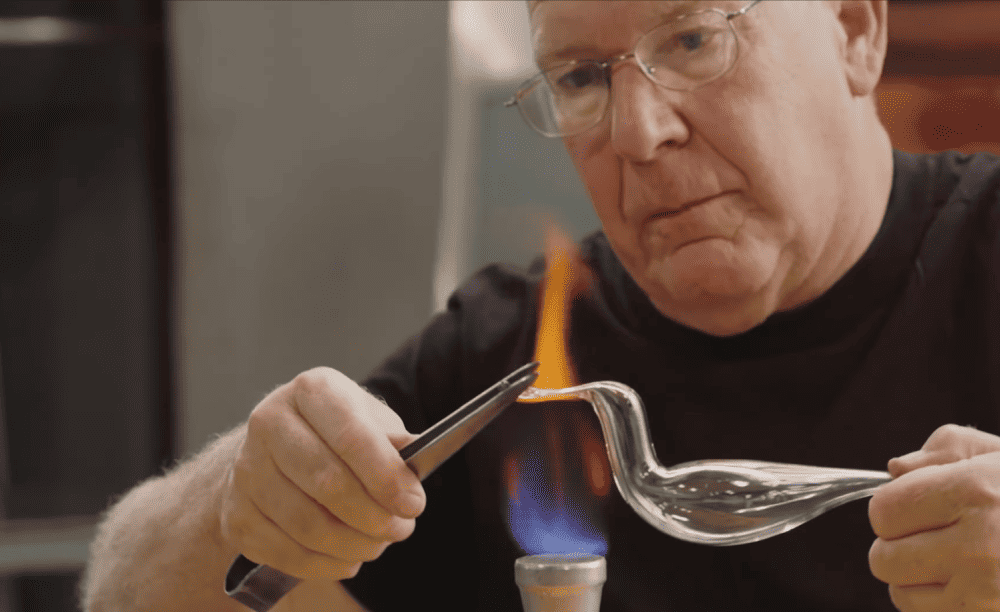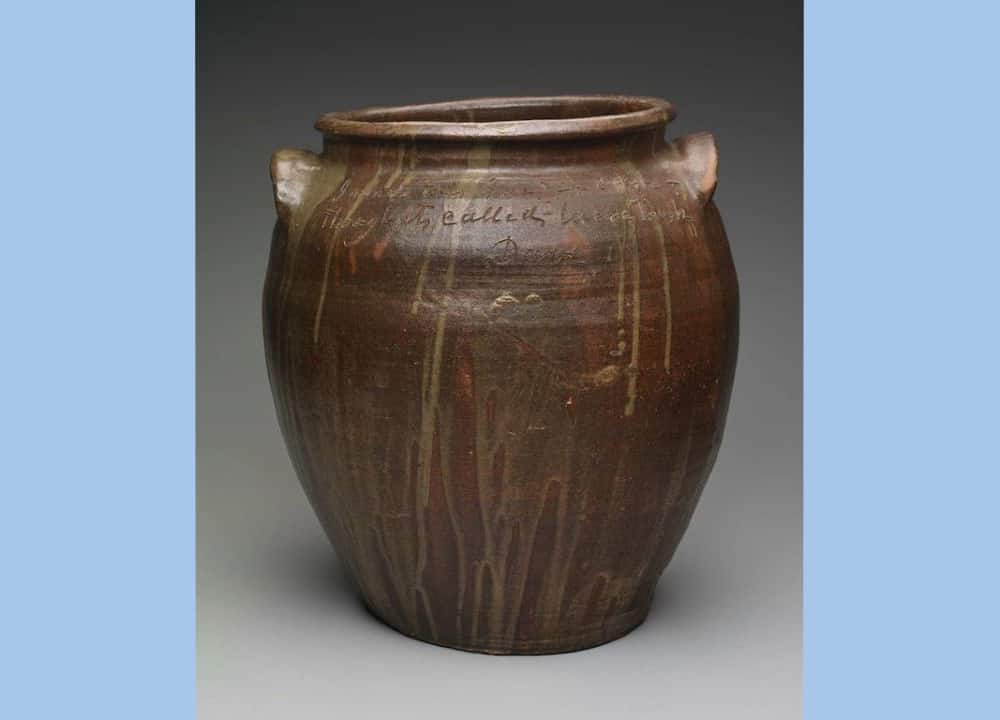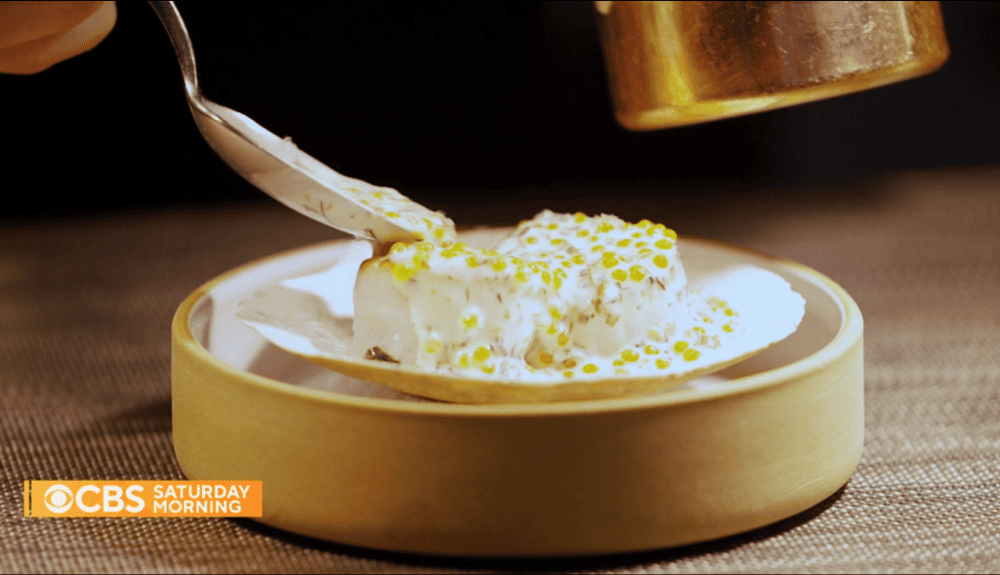Drawing inspiration from the structure of existing pigments, Oregon State University researchers developed a new magenta pigment based on divalent chromium, which could be a promising chromophore for a rainbow of new inorganic colors.
Read MoreAn international group of researchers led by Kobe University in Japan investigated the roles that community and individuality play in pottery design by asking potters from different cultural backgrounds to form several unfamiliar but basic shapes.
Read MoreThough the tradition of creating grand stained-glass windows is less common than it was before, the art form remains an important part of our culture today. In April 2024, CTT is running a special three-part series on stained glass. Part 3 covers the revival of stained glass in the 19th and 20th centuries and its use today.
Read MoreWhat gives colored glass its brilliant hues? Since the early days of alchemy, our understanding of and control over the design of colored glasses has improved enormously, opening the door to a host of practical applications.
Read MoreThough the tradition of creating grand stained-glass windows is less common than it was before, the art form remains an important part of our culture today. In April 2024, CTT is running a special three-part series on stained glass. Part 2 provides an overview of the early history of colored glass and details the rise and fall of stained-glass windows between the 11th and 16th centuries.
Read MoreArchaeologists have repeatedly shown that dairy products were an essential part of late Stone Age diets despite virtually all Neolithic Europeans being lactose intolerant. University of York researchers led a study that suggests early farmers used dairy products from multiple different animals and reduced the lactose content in milk by making it into cheese.
Read MoreThough the tradition of creating grand stained-glass windows is less common than it was before, the art form remains an important part of our culture today. In April 2024, CTT is running a special three-part series on stained glass. Part 1 overviews the techniques used to create stained glass.
Read MoreRome’s significant influence on the craft of glassblowing warrants its close study even today. A new freely available digital resource offered through the Corning Museum of Glass allows anyone to learn about this history from the comfort of their home.
Read MoreDavid Drake, commonly known as Dave the Potter, was an enslaved potter who is now one of the most famous names in Edgefield pottery. This CTT overviews Drake’s life and his legacy.
Read MoreFood presentation can significantly impact a person’s overall enjoyment of a meal. In recent years, the stoneware dishes by ceramic artist and designer Jono Pandolfi have become in-demand items at Michelin-starred restaurants and other fine dining establishments.
Read More

